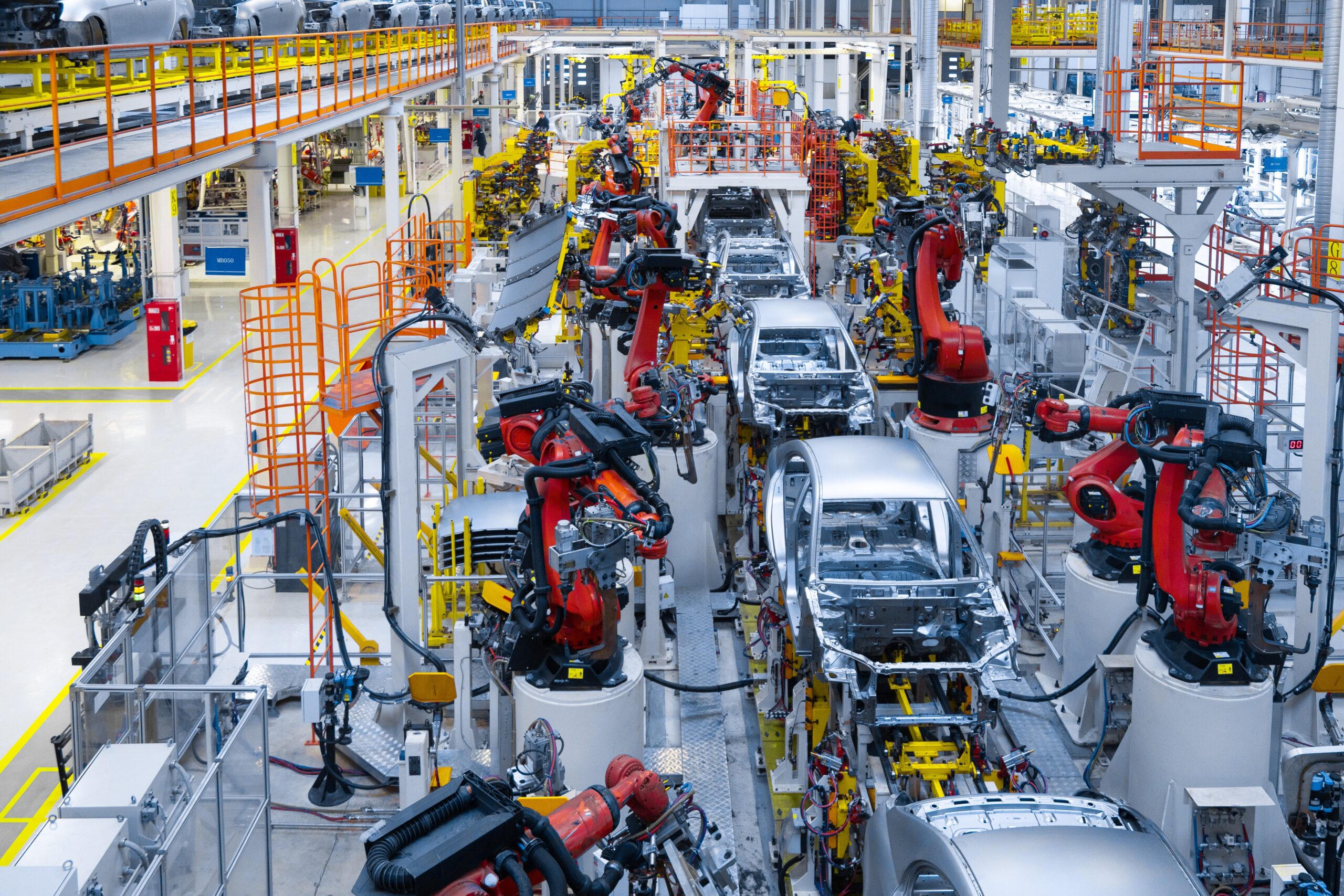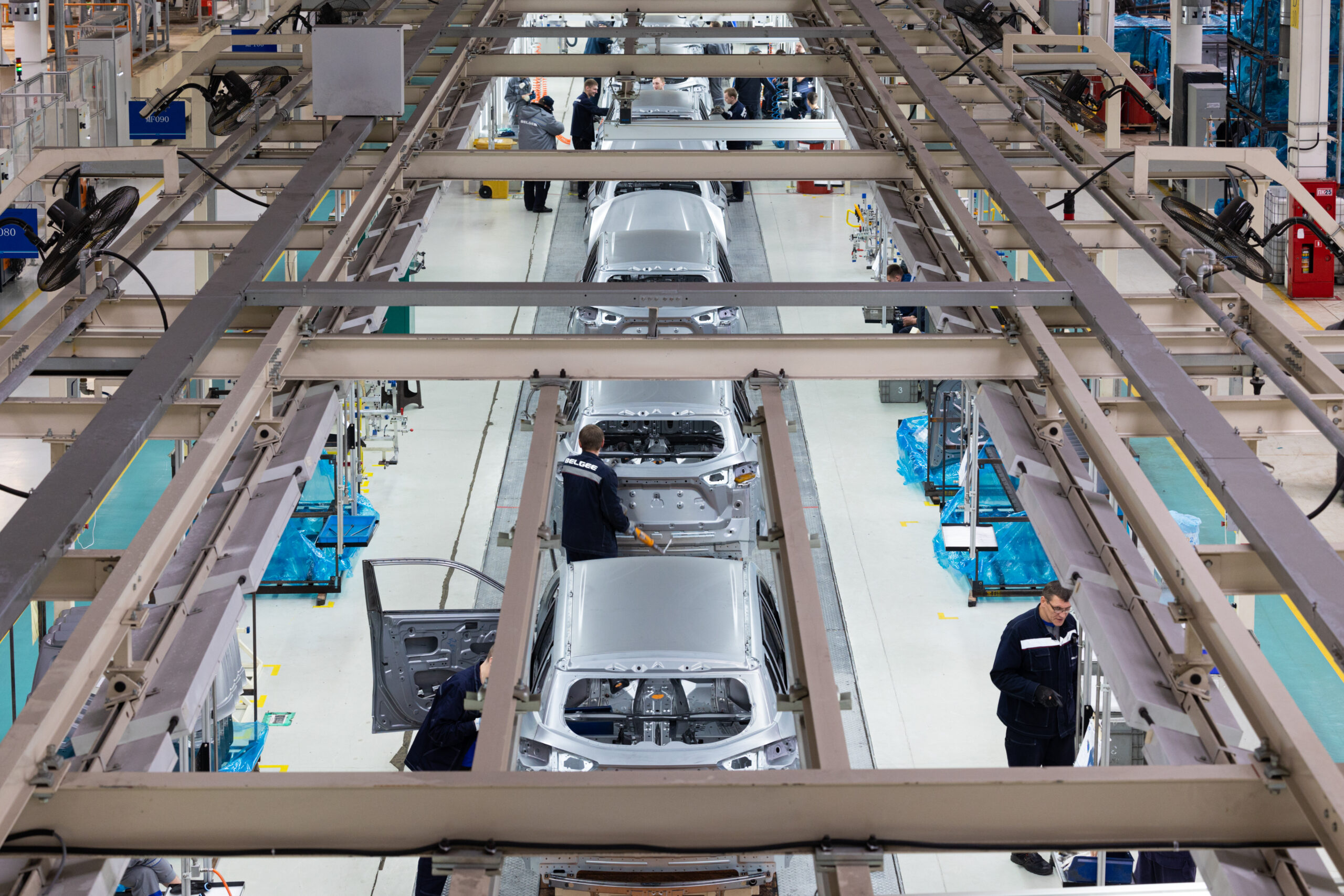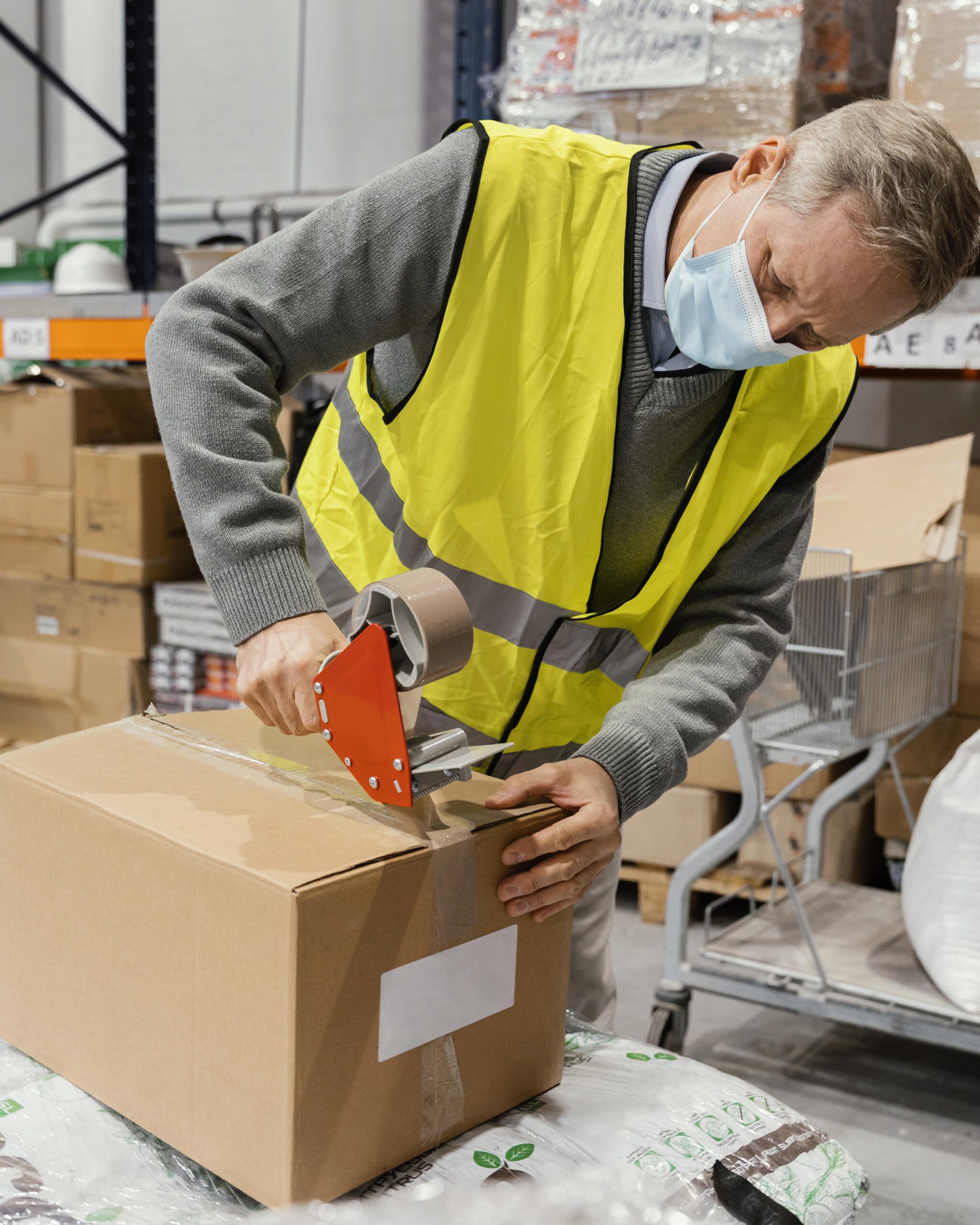How SaaS Solutions Are Transforming Chemical Safety and Waste Management The chemical industry plays a critical role in modern life, driving innovation …

Global Chemical Safety Compliance Challenges Faced by Manufacturers
The chemical industry is one of the world’s most dynamic and impactful sectors, fueling advancements in pharmaceuticals, agriculture, construction, energy, and countless other industries. However, with such broad influence comes a high degree of responsibility. Manufacturers must ensure that their products, processes, and operations comply with strict chemical safety regulations across different regions. The challenges of achieving and maintaining compliance are complex, often demanding significant resources, expertise, and continuous improvement.
In this article, we explore the global chemical safety compliance challenges faced by manufacturers, their implications, and strategies to overcome them in today’s interconnected marketplace.
The Rising Importance of Chemical Safety Compliance
In recent years, regulatory frameworks around chemical safety have become increasingly stringent. Governments, international organizations, and industry bodies are tightening safety laws to protect workers, consumers, and the environment. At the same time, global stakeholders—ranging from investors to consumers—expect companies to demonstrate transparency, sustainability, and responsibility.
Compliance is no longer optional. Non-compliance can result in:
- Hefty fines and legal action
- Supply chain disruptions
- Damage to brand reputation
- Environmental and health risks
- Barriers to entering global markets
Thus, chemical manufacturers must align operations with international standards such as REACH (EU), OSHA (U.S.), GHS (Globally Harmonized System of Classification and Labelling of Chemicals), and local regulations in every market where they operate.
Key Compliance Challenges for Manufacturers
Despite the importance of compliance, manufacturers face several hurdles that make implementation difficult. These challenges often stem from the complex nature of chemical production and the evolving global regulatory landscape.
1. Diverse and Evolving Global Regulations
One of the biggest obstacles is the sheer diversity of chemical safety regulations across countries. For example, compliance requirements in Europe under REACH differ from those in the United States under OSHA or the Toxic Substances Control Act. Manufacturers exporting to multiple countries must ensure their products meet each jurisdiction’s rules, often leading to duplication of effort and increased costs.
Additionally, regulations are constantly evolving. Keeping up with changes—whether it’s stricter environmental emissions limits or new labeling requirements—requires constant monitoring and adaptation.
2. Data Management and Documentation
Chemical safety compliance is heavily data-driven. Manufacturers must collect, validate, and maintain comprehensive information about:
- Chemical composition and properties
- Safety data sheets (SDS)
- Exposure scenarios
- Hazard classifications
- Packaging and labeling requirements
Managing this data across thousands of products, suppliers, and geographies is a daunting task. Many manufacturers struggle with fragmented systems, manual processes, and inconsistent recordkeeping, making it difficult to provide accurate and timely compliance reports.
3. Worker Health and Safety
Manufacturing and handling chemicals involve risks to workers, including exposure to hazardous substances, accidents, and long-term health impacts. Ensuring occupational safety requires:
- Proper training on handling hazardous materials
- Use of personal protective equipment (PPE)
- Emergency response protocols
- Regular monitoring of workplace air and water quality
However, limited resources, inconsistent enforcement, and lack of awareness often create gaps in worker safety compliance, particularly for small and medium-sized enterprises (SMEs).
4. Supply Chain Complexity
Modern supply chains are deeply interconnected, and manufacturers often rely on a wide network of raw material suppliers and distributors. Ensuring compliance across the supply chain is challenging because manufacturers must verify that upstream suppliers follow the same standards.
If one supplier fails to provide accurate safety documentation or misclassifies a chemical, the entire chain can be exposed to regulatory and reputational risks. This challenge is magnified when sourcing from countries with weaker enforcement or limited infrastructure for compliance.
5. ESG and Sustainability Pressures
Today, compliance is not limited to meeting minimum legal requirements. Stakeholders expect chemical manufacturers to go beyond compliance and embrace sustainability and ESG (Environmental, Social, and Governance) practices.
This includes:
- Reducing carbon emissions
- Managing chemical waste responsibly
- Using renewable energy in production
- Reporting on sustainability metrics
While beneficial in the long run, these additional requirements add layers of complexity and cost for manufacturers already stretched thin by regulatory compliance.
6. Cost and Resource Constraints
For many manufacturers, especially SMEs, the financial and human resources required for compliance are overwhelming. Hiring compliance experts, investing in digital solutions, upgrading facilities, and conducting training programs all come with significant costs.
Balancing profitability and compliance is a constant struggle, particularly in highly competitive markets where margins are slim.
The Impact of Non-Compliance
Failing to meet chemical safety compliance obligations can have severe consequences, including:
- Financial Penalties: Governments and regulatory bodies impose heavy fines on non-compliant companies.
- Operational Disruptions: Products may be banned, shipments delayed, or licenses revoked.
- Reputation Damage: Customers and partners lose trust in non-compliant companies.
- Legal Liabilities: Non-compliance can lead to lawsuits, especially in cases of environmental or worker harm.
- Global Market Access Restrictions: Without compliance, manufacturers may be barred from exporting to key markets like the EU or U.S.
Thus, compliance must be viewed not just as a legal requirement but as a strategic business imperative.
Strategies to Overcome Compliance Challenges
Despite the difficulties, manufacturers can take proactive steps to improve compliance and reduce risks. Some strategies include:
1. Invest in Digital Compliance Solutions
Advanced software platforms can help manage chemical data, automate regulatory reporting, and monitor global changes. A centralized compliance management system reduces errors, improves transparency, and ensures timely updates.
2. Strengthen Training and Safety Programs
Continuous training for employees on safe chemical handling, waste management, and emergency response improves workplace safety and reduces compliance risks. Tailored programs ensure workers understand both global and local standards.
3. Collaborate with Supply Chain Partners
Manufacturers should establish strong partnerships with suppliers and require compliance certifications and transparent data sharing. Regular audits and third-party verifications can further strengthen supply chain accountability.
4. Engage ESG and Sustainability Practices
By integrating sustainability into operations, manufacturers not only improve compliance but also enhance competitiveness and reputation. For example, adopting green chemistry principles or circular economy models can reduce long-term risks and costs.
5. Leverage Third-Party Expertise
Partnering with specialized consultants, compliance auditors, or industry associations helps manufacturers stay updated on regulatory changes and implement best practices. SMEs, in particular, can benefit from outsourcing compliance tasks to reduce internal burdens.
6. Build a Compliance Culture
Beyond systems and tools, companies must foster a culture of compliance across all levels. Leadership commitment, transparent communication, and accountability ensure that compliance becomes part of daily operations, not just a box-ticking exercise.
Looking Ahead: The Future of Chemical Safety Compliance
The future of the chemical industry is likely to be shaped by digital transformation, ESG integration, and international harmonization of regulations. Manufacturers that embrace innovation and sustainability will be better positioned to navigate compliance challenges.
- Digital Twins and AI could revolutionize compliance monitoring and predictive safety analysis.
- Global harmonization efforts under frameworks like GHS may simplify cross-border compliance.
- Increased focus on sustainability will drive the adoption of safer, eco-friendly chemicals.
Manufacturers must remain agile, forward-looking, and committed to continuous improvement to thrive in this environment.
Conclusion
Chemical safety compliance is a critical, non-negotiable aspect of modern manufacturing. From diverse global regulations and supply chain complexities to sustainability demands and cost pressures, manufacturers face numerous challenges. However, with the right strategies—digital solutions, strong safety programs, supply chain collaboration, and a culture of compliance—these challenges can be turned into opportunities for growth and differentiation.
In a world where safety, transparency, and sustainability are increasingly valued, compliance is not just about avoiding risks—it is about building trust, resilience, and long-term success in the global chemical industry.
Emerging Trends in Chemical Regulatory Reporting for 2025 and Beyond. The chemical industry is entering a transformative phase where regulatory reporting is …
The Role of ESG in Building a Sustainable Chemical Supply Chain The chemical industry is at the heart of global progress, powering …
Global Chemical Safety Compliance Challenges Faced by Manufacturers The chemical industry is one of the world’s most dynamic and impactful sectors, fueling …
Workforce Training for the Future of Mobility The automotive sector is in the midst of a speeding change with the advent of …
EV Manufacturing and Carbon Reduction Roadmaps The transition to electric vehicles (EVs) is revolutionizing the automotive sector. As EVs hold the promise …
IATF 16949 Compliance Made Simple in Automotive Manufacturing Obtaining compliance with IATF 16949, the worldwide quality management standard for the automotive market, …
Reducing Automotive Recalls with Data Manager Automotive recalls are expensive, harmful to brand image, and disruptive to production timelines. No matter the …
Programs That Build Greener Operations in Packaging Greener packaging is no longer a choice—it’s a business necessity. To get to greener operations, …
Sustainable Packaging Production Without Complexity The packaging market is coming under mounting pressure to provide sustainable solutions. Consumers, regulators, and brands are …
Costs of Scrap and Idle Time in Plants In the packaging business, speed and accuracy are paramount. But two quiet profit-killers—scrap and …
Time Data to Eliminate Packaging Line Defects In packaging, efficiency and quality are paramount. One blemish on the pack line—misprints, sealing flaws, …
Building a Skilled Workforce for Greener Mills The textile industry’s future is sustainable production, and skilled labor is the core of that …
Sustainable Textile Production Made Simple The fashion industry is in the midst of a dramatic shift as sustainability becomes top of mind. …












